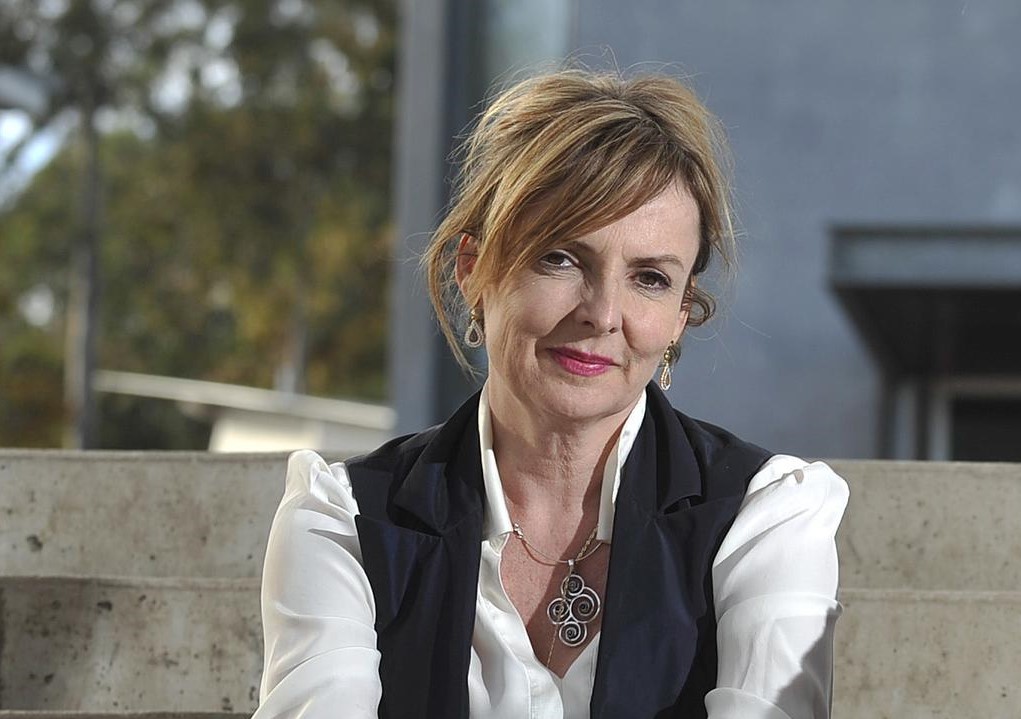Australian media outlet, The Sydney Morning Herald, has recently reignited the single-sex versus co-ed school debate with a series of thought provoking articles.
In one article, teacher, Sia Goutzas, says she wanted to send her three girls to a co-ed school because while single-sex education may have made sense when men became workers and women wives, those days are over.
“It’s insane that we are still segregating genders,” Goutzas tells The Sydney Morning Herald (SMH).
“I don’t know why we can’t send girls to Sydney Grammar, or boys to St Catherine’s. For me it should be a natural part of schooling.”

But in the part of the eastern suburbs where Goutzas lives, there are few co-ed options. Even the public schools are single sex. So, in the end, her daughters went to a Catholic girls’ school.
Yet, according to the SMH, change is coming, even in the eastern suburbs. Champagnat, a Marist brothers school in Maroubra, has announced plans to become co-ed. Cranbrook, a 102-year-old, $39,000-a-year Bellevue Hill institution, is also considering opening its doors to young women.
Whilst it’s difficult to do high-quality research comparing single-sex and co-education as every school, student and teacher is different, studies of academic achievement suggest influences such as teaching quality and a school’s culture have greater impact on students’ results.
Principal of Santa Sabina in Strathfield, Paulina Skerman, told the SMH that she is a firm proponent of a single-sex secondary education for young women.

“What it offers young women is hugely advantageous for life. There’s no limitations, no stereotypes, so girls excel,” Ms Skerman tells the Australian media outlet.
“They can start to take chances in an environment where they don’t need to be judged, they don’t feel like they’re competing, and there’s the whole non-distraction without the boyfriend-girlfriend thing.”
However, Iris Nastasi, principal of co-ed Rosebank College in Five Dock, believes boys and girls should learn about each other, with each other.
“I think schools have a unique opportunity to be very proactive in a very safe environment and educate both boys and girls together,” Nastasi says to the SMH.

“In a co-ed school, they don’t get on with each other all the time; they’re pains to each other for a period of time but by the time they get into years 11 and 12 they have good, solid relationships. They work with each other – it’s very normal.”
For her part, Sia Goutzas’ daughter Elizabeth, who is in year 11 at a girls’ school, still wishes she’d been able to have a co-ed education.
“Males are very different, and it’s good to have both,” she says.
“In [my co-ed] primary school we played games every lunchtime. In high school, you rarely do anything during lunchtime or recess. It would be really good to bounce ideas off them, they think very differently. It just promotes a healthy balance.”
What are your thoughts on the co-ed or single-sex school debate?
Source: The Sydney Morning Herald.
